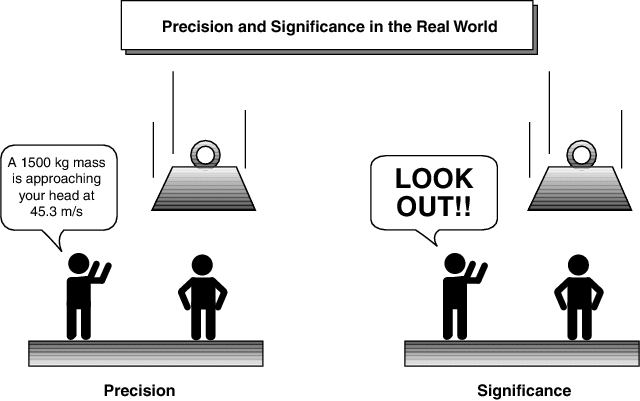Evolution of the Humanities Studies into Statistics-based Approaches?
As it was mentioned on the ‘Quantifying Kissinger’ main blog post, the scarcity of information is the bane of most historians. Compared to today, there use to be only a few mediums which limited communication: books, letters, written reports, etc. Compound this with the fact that these items can be easily lost, stolen, and even destroyed, and you can see why this is such a problem. What was within reach of the humanities previously is a small fraction compared to what information is available today. Kaufman’s blog primarily focuses on the previously classified Kissinger Collection, but the point she mentions is extensible to other humanities as well: the high availability of data poses both an opportunity and a challenge to those who study it. There’s so much information available to those wishing to peruse it. But, on the other hand, there’s so much data. Who’s going to spend their time flipping through 17,500 meeting memoranda and teleconference transcripts? Few, if any.
On one hand, Kaufman’s blog posts on visualizations are a good example of how the humanities are adapting well to efficiently browse large sets of information. But while this approach allows one to see what is deemed relevant to a specific event, does this affect what is seen? Does this affect where attention is directed at? I realize the impossibility of devoting one’s attention to every single piece presented in the archive, but is this approach narrowing our view of the timeline of human history? This almost relates to my earlier post about the fusion of the humanities and computing.

What a computer can tell you and what a human can tell you (www.craigbellamy.net)
Each entry in the Kissinger Collection is a piece that had a part to play in history. This ‘distant reading’ of history, like in literature, also abstracts one from the possibility of having an intimate understanding of what each piece is about and the part it had to play. It’s great that we have the tools within reach to sort out this historical information, but there’s no replacement for the human mind and eye when comprehending this information (yet). As long as we’re not letting computers define our history for us, I can see this as an excellent method of study.